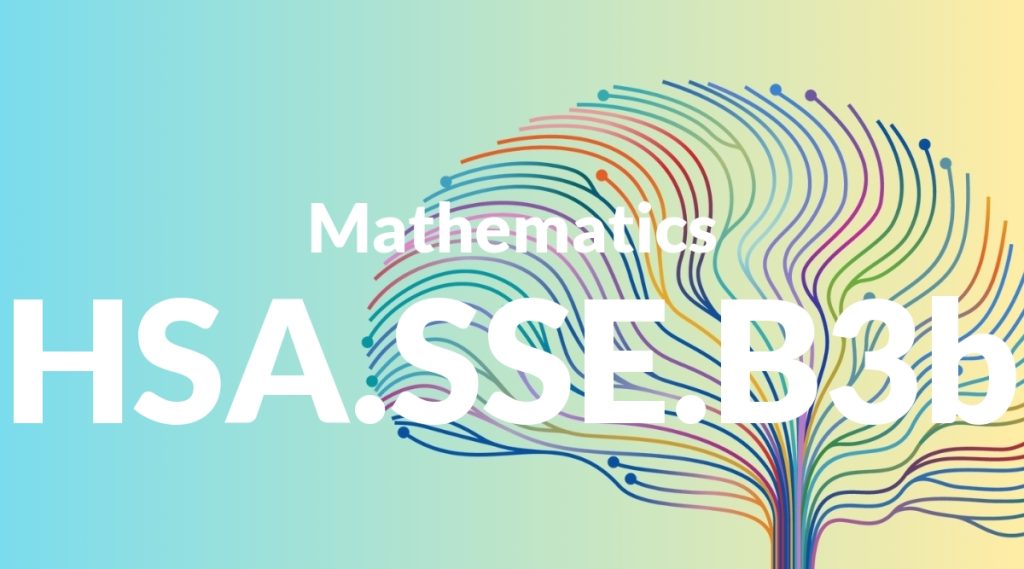Standard: HSA.SSE.B3b – Complete the square in a quadratic expression to reveal the maximum or minimum value of the function it defines.
Grade level: High School: Algebra
Subject: Mathematics
Domain: Seeing Structure in Expressions
Teacher Overview
This standard focuses on completing the square in quadratic expressions to identify the maximum or minimum value of the defined function. It is crucial for understanding the properties of quadratic functions and their real-world applications, such as optimization problems. Students should be comfortable with algebraic manipulations, solving linear equations, and graphing quadratic functions. They should also understand the basic properties of parabolas.
Mastery of this standard will enable students to tackle more advanced quadratic problems, model real-world scenarios, and understand the derivation and application of the quadratic formula.
Common Misconception 1
A common misconception is that completing the square alters the solutions of the quadratic equation. This is incorrect because the process simply rewrites the equation in a different form, maintaining the same solutions.
Intervention 1
Use visual aids and step-by-step examples to show that the solutions remain consistent before and after completing the square. Reinforce this with practice problems.
Common Misconception 2
Another misconception is that the vertex form always indicates a maximum value. This is incorrect because the vertex represents the peak or trough of the parabola, which can be a maximum or minimum depending on its orientation.
Intervention 2
Provide examples of parabolas opening upwards and downwards, highlighting how the vertex form indicates the vertex, not necessarily a maximum value. Use graphing tools to visualize this concept.
Prerequisite Knowledge
Students should be familiar with basic algebraic operations, solving linear equations, and understanding quadratic functions and their graphs.
Subsequent Knowledge
After mastering this standard, students will be able to solve more complex quadratic equations, analyze and model real-world situations using quadratic functions, and understand the derivation of the quadratic formula.
Instructional Activities
- Interactive graphing activities to visualize completing the square
- Real-world problem-solving scenarios
- Group work on optimizing functions
- Use of algebra tiles to complete the square
- Practice problems with immediate feedback




